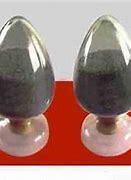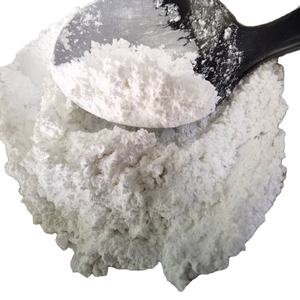Boron’s Secret Life: The Everyday Magic of a Mysterious Element
(What Is Boron Used In Everyday Life)
You might not think about boron much. This quiet element doesn’t grab headlines like gold or oxygen. But guess what? Boron is everywhere in your life, working behind the scenes like a backstage crew member. Let’s pull back the curtain and see how this unsung hero keeps your world running.
Start with your home. Boron loves cleaning. Check the labels on laundry detergents or glass cleaners. You’ll often find borax, a boron compound. It fights stains, softens water, and kills germs. That fresh-smelling laundry? Thank boron. It’s also in the glassware you use daily. Added to glass during manufacturing, boron makes it tougher. Your phone screen, ovenware, lab equipment—they all use boron-treated glass to resist cracks and heat.
Move to your gadgets. Boron doesn’t just protect screens. It powers them. The lithium-ion batteries in phones and electric cars rely on boron. It helps stabilize battery chemistry, preventing overheating. Solar panels? Boron is key here too. Used in photovoltaic cells, it helps turn sunlight into electricity. Every time you charge a device or use solar energy, boron’s on the job.
Health and medicine get a boost from boron. It’s in multivitamins and bone supplements. Studies suggest boron helps bones stay strong by managing calcium use. Some arthritis creams use boron compounds to reduce joint pain. Even wound care products use boron to fight infections. Next time you take a vitamin or rub on ointment, remember—boron’s helping out.
Farming needs boron. Plants use it to grow strong cell walls and absorb nutrients. Without enough boron, crops get stunted, fruits turn lumpy, soil becomes less fertile. Farmers add boron to fertilizers to keep soil healthy. Your morning coffee, fresh veggies, even cotton clothes—boron helped grow them.
Boron’s also an eco-friendly warrior. It treats wood to resist termites and rot without toxic chemicals. Treated wood lasts longer in decks and fences, reducing tree cutting. In water treatment plants, boron filters out impurities. Some scientists are testing boron-based materials to capture carbon dioxide, fighting climate change.
Sports gear uses boron too. Lightweight bicycle frames, tennis rackets, golf clubs—boron fibers make them strong but light. Athletes get better performance without heavy equipment. Car fans know boron steel in high-end vehicles. It makes cars safer during crashes but keeps them fuel-efficient.
Even your hobbies involve boron. Gardening fertilizers, pottery glazes, homemade slime recipes—boron’s there. It makes ceramics heat-resistant and gives glass art its shine. That gooey slime kids love? Borax gives it the perfect stretch.
Boron’s story isn’t perfect. Mining it can harm the environment if not done responsibly. Too much boron in soil or water hurts plants and animals. Scientists are working on better ways to extract and recycle boron safely.
(What Is Boron Used In Everyday Life)
Look around now. That window? Boron’s in the glass. The phone in your hand? Boron’s in the battery. The veggies in your fridge? Boron fed them. This element quietly shapes modern life, proving even small players can have huge impacts. Boron doesn’t need flashy fame—it’s too busy getting things done.
Inquiry us
if you want to want to know more, please feel free to contact us. (nanotrun@yahoo.com)




